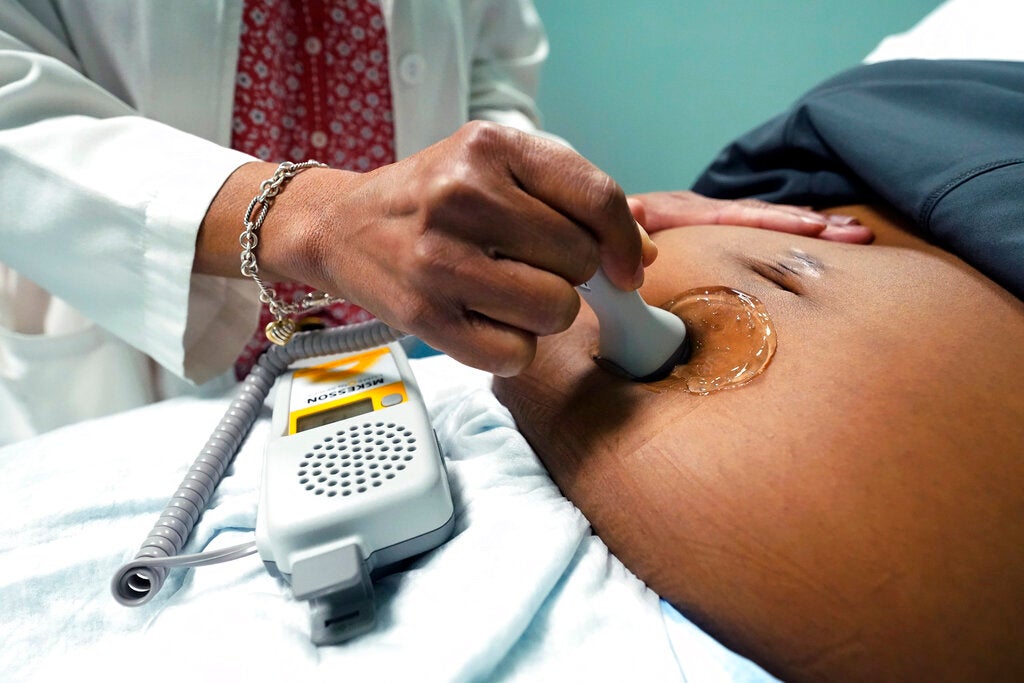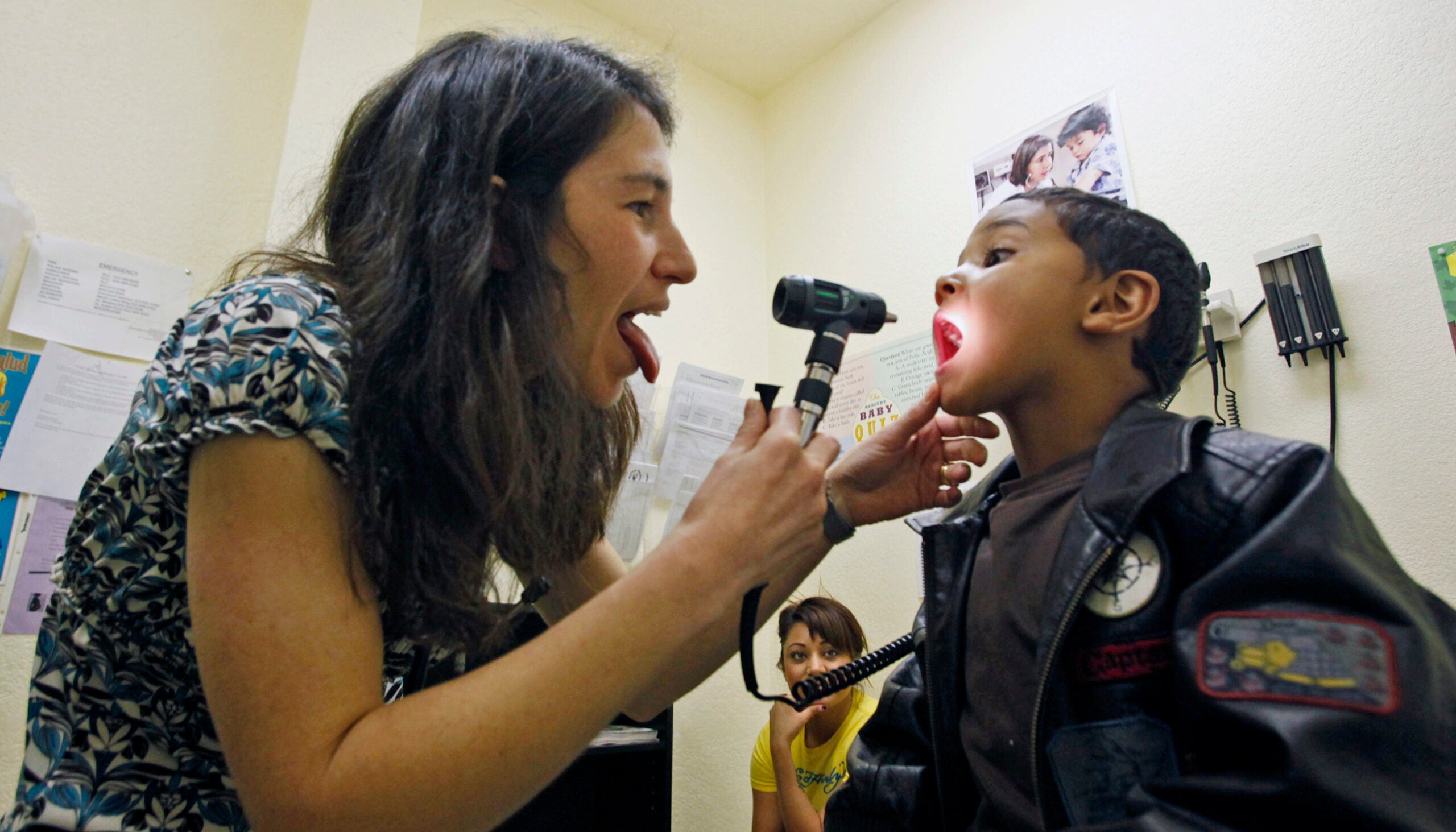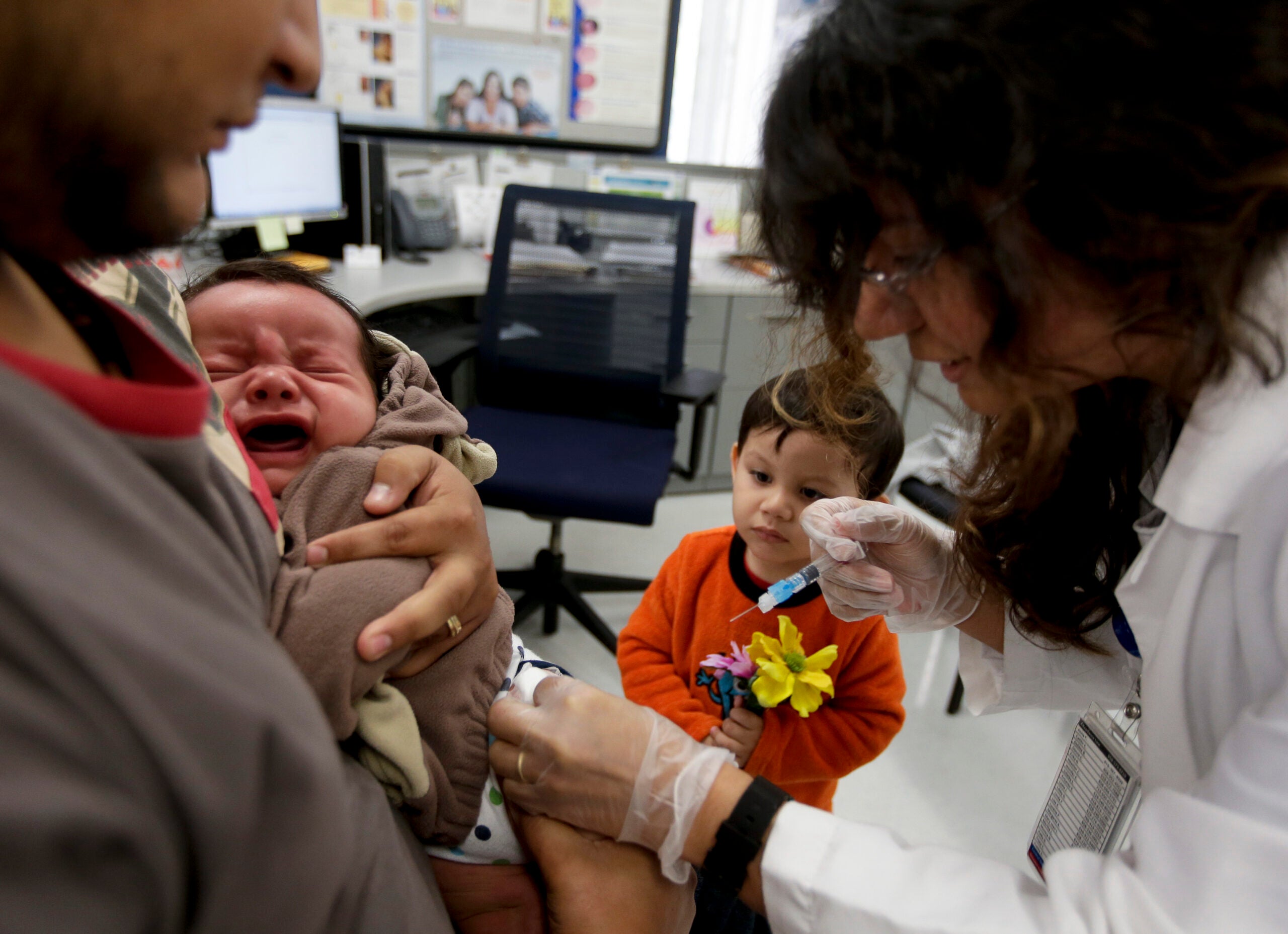Despite efforts to improve infant mortality rates, the national statistic has remained relatively unchanged, according to federal health officials.
Data released Friday by the Centers for Disease Control and Prevention’s National Center for Health Statistics show for every 1,000 infants across the United States, 5.87 died in 2016. This is not a significant change from the previous year. The rate was nearly twice as high for black babies.
Low birth weight was the leading factor in infant mortality, according to the report. Many of the babies were born prematurely.
Stay informed on the latest news
Sign up for WPR’s email newsletter.
Premature birth and its complications are the largest contributors to infant death in the U.S. and a major cause of long-term health problems in children who survive, according to the March of Dimes. A premature birth is one that occurs at 37 weeks or less.

Graph courtesy of Centers for Disease Control and Prevention’s National Center for Health Statistics
Wisconsin’s premature birth rate is lower than the national average. It remained constant at 9.6 percent in 2017, but has been increasing the last five years, said Ashley Mucek from the Wisconsin March of Dimes chapter.
There continues to be a racial gap in infants who are born early or die early. In Wisconsin, the preterm birth rate among black women is 54 percent higher than the rate among all other women.
Wisconsin’s March of Dimes chapter has worked with public health officials to try and improve prenatal care.
“Educating (moms) how to take care of themselves because the healthier moms we have, the stronger babies that are born,” Mucek said. “How can we make sure that people aren’t going in for elective deliveries and making sure that people are taking care of themselves: they’re not smoking, doing alcohol or drugs.”
She said what has proven effective is group prenatal care, where eight to 12 women meet regularly with a doctor not only for medical assessment but also education and peer support.
In its 2018 Report Card, March of Dimes looked at six Wisconsin counties with the most births. It noted that the premature birth rate worsened in Milwaukee, Racine and Waukesha counties between 2016 and 2017. But improved in Dane and Outagamie counties. There was no change in Brown county.
Wisconsin Public Radio, © Copyright 2025, Board of Regents of the University of Wisconsin System and Wisconsin Educational Communications Board.





